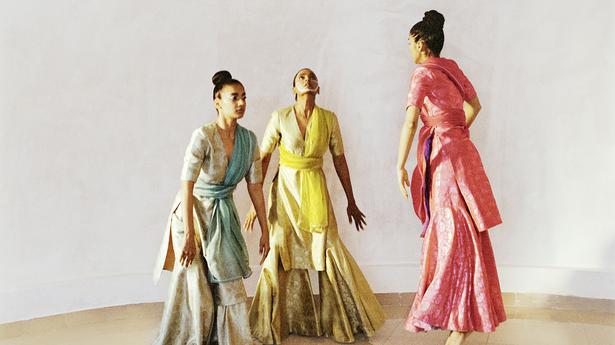Window grills are in vogue. They can be made with different materials to enhance the building facade
Window grills are in vogue. They can be made with different materials to enhance the building facade
I have been, in the last couple of articles writing about the ‘window’ — one of the most environmentally sustainable features of a building. In this article I am looking at a prominent element of a window — the grillwork.
A ‘grille’ or ‘grill’ is a French word derived from Latin ‘craticula’ meaning a small grill or grate. It was originally intended as multiple slit openings in a wall, metal sheet or other barriers, to create breezeways and to prevent animals and intruders. Window ‘grills’ have been seen in varied forms and patterns historically throughout the world.
In India, as early as 900 AD, the Kalleshvara temple in Karnataka incorporated intricately carved, decorative window grills in stone. Carved stone grills were also a common feature of the Indo-Islamic architecture as early as the 1100’s. Highly ornate stucco window grills were seen in Egypt since the 1300’s as part of Mamluk architecture which incorporated a desire to visually dominate the urban environment.
With the advent of wrought iron and cast iron, its use for window grills became common. Known in the 19th century as window guards, these iron grills offered a sense of security without a feeling of confinement. The ability of these materials to be moulded into decorative patterns also provided opportunities for intricate decorative grills that enhanced the aesthetics of buildings. Straight iron bars were embellished with decorative cast flowers, tassels, or medallions. Made by skilled craftspeople, this art of window grillwork offered employment and promoted handiwork.
Initially popular in Europe and America, during the late 19th and early 20th century, locally made cast iron grillwork became common in Calcutta. Initially local blacksmiths used European design patterns to craft cast iron grills. Soon the designs migrated to Indian motifs and patterns.
Today unfortunately, with the shift to contemporary architecture we seem to have forgotten history, when the focus was to make building elements not only functional but also decorative adding a touch of artistic charm. In some cases window grills have disappeared altogether due to fixed glazing in fully air-conditioned buildings. As openable windows that facilitate natural ventilation is a key strategy to make our buildings more sustainable especially in the post pandemic world, it is time to relook at the window grill as an important element of the building facade.
The good news is that now some design firms are focussing on restoring and preserving older buildings and recreating building elements to match traditional designs and styles. This will slowly lead to growing awareness of our rich architectural heritage and result in incorporating such features in a contemporary manner.
With the available technology today and wrought iron being very expensive, it is possible to create window grills using varied materials such as GFRC (glass reinforced fibre concrete), terracotta and sheet metal other than metal rods. Decorative grills salvaged from older buildings that have been demolished can be given a new lease of life in new buildings.
As a window grill is an important aesthetic element, we should think of creating innovative patterns that not only will form interesting light and shadow patterns but also serve as a unique feature for the building besides being a charming cultural element in our currently bland urban built environment.
The writer is the founder of Green Evolution, a sustainable architecture firm.







